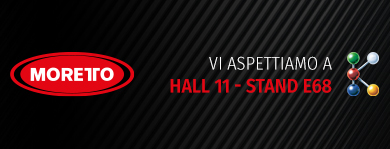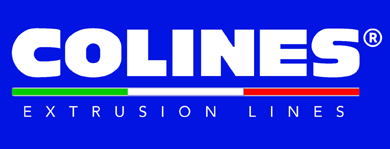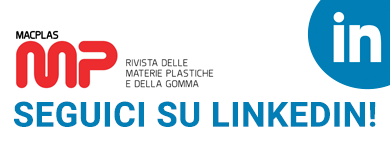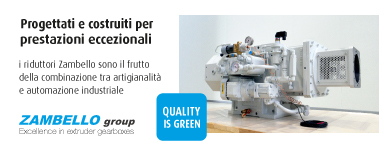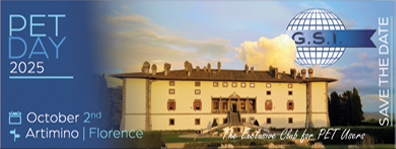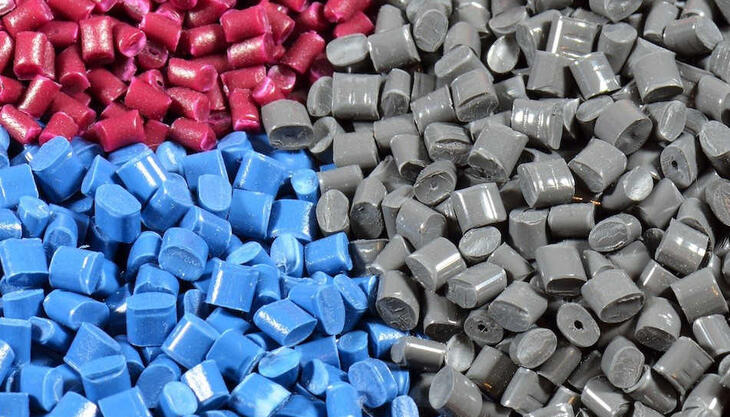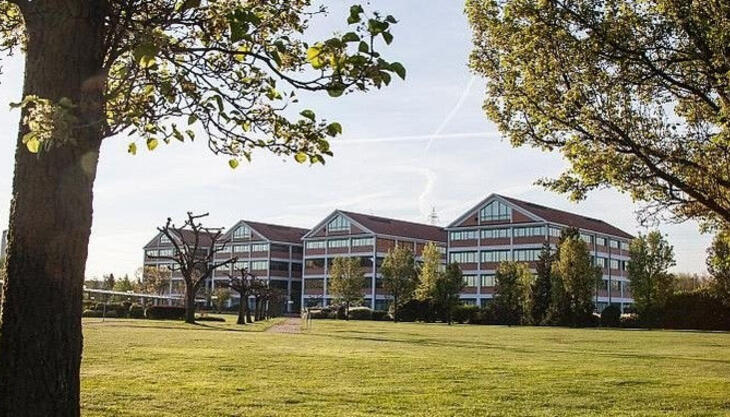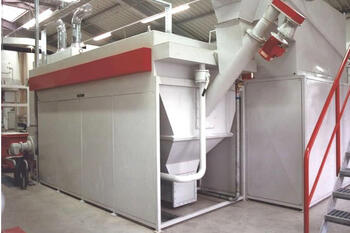
A British recycler has engaged Amut and Amut Ecotech to supply a unit for selecting and washing discarded containers in HDPE and PP with a capacity of 10 t/h. The containers coming from urban and industrial collection are separated into two groups, food containers and those for detergents and chemical products. HPDE and PP account for 75%, while the remaining 25% consists of heavy plastics.
The selection line, produced by Amut Ecotech, is fed by bails of mixed plastics that are loaded onto a conveyor belt equipped with a weighing system that carries them to the bail-buster. There the circular movement of a fixed-tooth drum returns the material to a melted state and then drops it on a belt that takes it to the preselection chamber, where collectors remove cardboard and film.
The material is then sent by conveyor belt to a rotary sifter that separates it by piece size. Pieces smaller than <st1:metricconverter w:st="on" productid="30 mm">30 mm fall onto a belt that conveys them to the residuals storage unit, along with the fine materials coming from the bail separator. Pieces 30 to <st1:metricconverter w:st="on" productid="260 mm">260 mm are sent to the bail separator where heavy materials and rolling bodies are separated from the light and flat pieces by the shaking motion of the blades. The fine material is evacuated through grilles in the blades and sent to the storage unit mentioned above. The light and flat material is transported upward by a conveyor, while the heavy and rolling pieces are taken to the automatic selection line with optical sensors. Pieces larger than <st1:metricconverter w:st="on" productid="260 mm">260 mm are sent to the collection line for bulky materials and from there to a manual selection area and dumped through chutes.
To ensure maximum quality, control stations are used after the optical sensors, in addition to manual control. Before entry into the automatic line, the heavy and rolling materials pass through a demetalization unit to eliminate ferrous and non-ferrous materials, which are then weighted and dumped into special containers.
After the selection, the materials move to the washing system, developed by Amut and based on friction washers, with filtering and reuse of the water. The rinsing begins in two tanks, where the light polluting agents (paper, non-polyolefin thermoplastics, etc.) are separated by decantation while the polyolefins float. The tanks have an automatic extractor for the decanted material and the heavy plastics, which with the mixed materials are centrifuged and stored in big bags.
The washing section with fully automatic cycle separates and cleans the thermoplastic materials of all the polluting agents with high specific weight, while possible residual pollutants are filtered out during the granulation process. Once all the materials have been selected, they are stored by type, ready to be loaded onto conveyors and send to a press for final packing in bails.




